UN-Habitat History & UN-Habitat Assembly For Beginners: How It Began & How It’s Going – Brief, Fun, & Easy!
UN-Habitat is the United Nations Human Settlements Programme and was established in 1977 by the United Nations General Assembly to be the United Nations’ major arm that focuses on human settlements and sustainable urban or city development. As I write this, the guys of UN-Habitat are having what is called the UN-Habitat Assembly II at their Head Quarters, Nairobi.
But, especially to the new people, mostly the youth, how did we get here, and what exactly is happening today?
In this brief article, I will labor to briefly explore what UN-Habitat is, how it came about, and what UN-Habitat Assembly II is about!
Wait! It is assemby 2, right? Then, there must have been assembly 1, right? Well, all of this and more in just this one article! Scroll down!
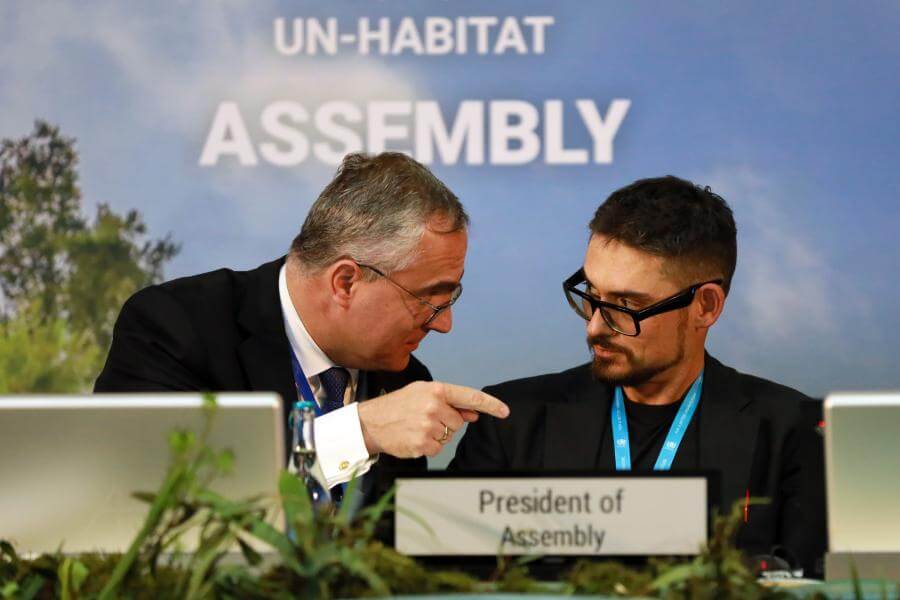
Well, as with all other human endeavors, UN-Habitat didn’t just happen; It was a struggle or a call that some visionary leaders fought for until it materialized! As such, let’s briefly see how it all began!
UN-Habitat History: Cities, Rapid Urbanization, Habitat I, II, and III
Cities: You see, cities and human settlement go together! Historically, the rising of cities is as old as one’s count can go. For example, according to World History Encyclopedia, the earliest cities rose up as early as 4300 BCE in places like Mesopotamia, the modern-day Iraq and Kuwait!
READ : UN-Habitat Assembly II: The current state of our cities & human settlement
Well, as you can see, that is really a long time ago! However, even with that, it isn’t as we see urbanization today! In fact, yeah, by ancient standards, those were cities, but, in our today’s language, those were just shambles, just like the ones we see in The Game of Thrones, lol.
To make more sense out of this, note the fact that even by 1800 (or 17th century, which is ‘just yesterday’. Kidding!), few people lived in urban centers. According to National Geographic Society, 90% of the world’s population lived in rural in 1800s. For USA, 94% of the population lived in rural in 1800.
However, as humble as these cities were, they indeed flourished (or collapsed), gave rise to other cities in Egypt, Greece, and other parts of the world. Importantly, reasons why cities grew or collapsed have remained pretty the same across human civilization. According to available evidence, cities grow out of the available opportunities like agriculture, trade, and human flourishing and get destroyed by the reverse of these; disasters, wars, unfavorable conditions.
Rapid Urbanization: As already noted, ancient growth of cities was really slow! Additionally, cities rarely lasted ‘forever’, for city management wasn’t common knowledge! While the rate of growth and management improved with subsequent regions, for example, Egypt and Greece, it wasn’t anything close to what we see today! So, when did rapid city growth or urbanization start?

Urbanization, which is a modern term by the way, must have something to do with industrial revolution. An elaborative 2021 article by Elizabeth Yuko clearly shows how industrial revolution that began in England in mid-1700s and spread across America and the world sparked the rapid growth of cities. Look at this: We already said that 94% of American lived in rural in 1800, right? Well, surprisingly, by 1900, 94% had reduced to 60%! That is how serious urbanization was becoming!
By 1960s and 1970s, cities had grown way too big and all challenges that go along with that, especially in the cites that were rapidly growing in developing countries. As you already know, the United Nations was already at work, having been established in 1945 following the end of World War II.
While issues concerning poorly planned city growth and related challenges of inequalities, pollution, insecurity, and poverty were already part of United Nations’ discussions as early as 1946 (read here too), it was not until 1970s that serious action started to take root. UN asserts that this was because ‘two-thirds of humanity was still rural’.
Rumors have it that ‘big’ UN Member States, for example, the USA and Russia (or Soviet Union) didn’t see ‘a war on human cities and settlement’ as an urgent one!
Contextually, the USA was a little bit more developed, but with poor urban policies that saw many get pushed behind walls of mansions to live desperate lives. It was crude capitalism!
On the other hand, countries like the Soviet Union were chief violators of human rights and decency in housing for the poor was NOT an urgent issue on their list. Importantly, cities in developing countries were rapidly growing, and mostly the ones disorganized.
Given the above context, one may reason, the US was concerned that these efforts would be dominated by developing countries and that the UN would focus on issues that were not of interest to the US, such as poverty and inequality. The US government also felt that embarking on global cooperation for human settlement would be too expensive.
On the other hand, Russia was concerned that the chase would be used to criticize its human rights record in addition to being too expensive!
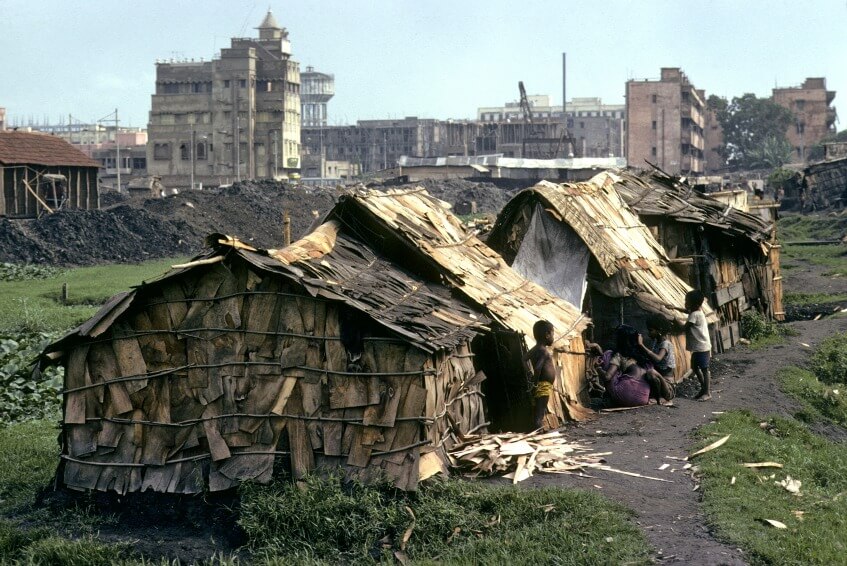
A deeper exploration of these accusations brought no significant references at all!
Well, back to the point, as urbanization expanded rapidly, the issues of unplanned urbanization became imminent, which forced the UN to act. Therefore, in 1975, the United Nations set up the United Nations Habitat and Human Settlements Foundation (UNHHSF), ‘the first official UN body dedicated to urbanization’.
Under this first official move and with push from some extinguished UN members and global leaders, for example, the then President of Egypt, Anwar Sadat, Mexico President, Luis Echeverría Álvarez, and Olof Palme (Prime Minister of Sweden), UN General Assembly managed to convene global leaders for human settlement discussions in 1976.
Habitat I: The first UN Conference on Human settlement and urbanization (Habitat I) was held in 1976 in Vancouver, Canada. By the end of the conference, leaders had agreed that urbanization and human settlement were critical to UN and UN Member States, and that Internationally coordinated action was paramount. See the look of the declaration, also known as the ‘Vancouver Declaration on Human Settlements‘.
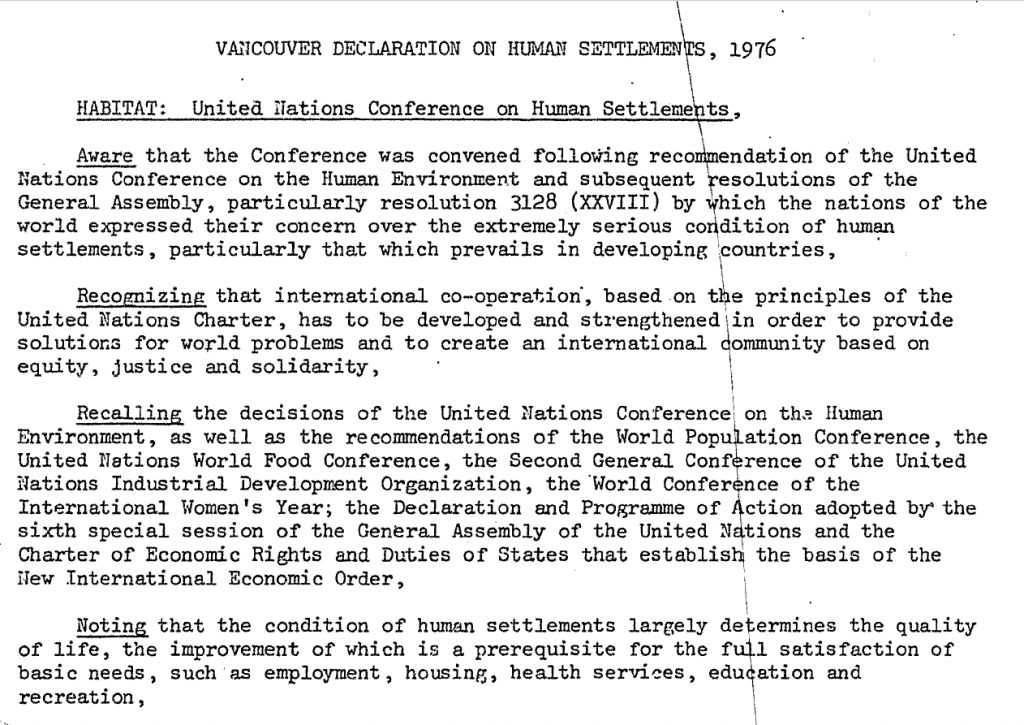
Following the declaration, many things happened, including the formation of the United Nations Commission on Human Settlements – an intergovernmental body – and the United Nations Centre for Human Settlements (commonly referred to as “Habitat”), which served as the executive secretariat of the Commission.
Well, the Habitat acted as the executive secretariat and therefore executed the decisions of the Commission. It also managed the UNHHSF fund on behalf of the boss, The Commission!
Apparently, according to UN, both financial and political support for the Habitat remained low, which led to failure of many ot the targets that had been envisioned during Vancouver conference!
Habitat II: In 1996 (3rd-14th June 1996), 20 years after the first Habitat conference, the second UN Conference on Human Settlement, Habitat II, happened, this time in Istanbul, Turkey.
The goal was to assess two decades of progress since Habitat I in Vancouver and to set fresh goals for the new millennium. Well, already nearly 50% of world population lived in cities, with about a billion people with no affordable houses and more than 100m people homeless! It was the time!
Well, goals were set in the action plan document that was named, the Istanbul Declaration on Human Settlement and the Habitat Agenda. The focus of the Habitat Agenda was enforcing “adequate housing for all” and “viable human settlements in a changing world”. This was progress, wasn’t it?

Important thing to note is, UN deals go very slow. It’s like any other government anyway! If you want anything to rush, I think that ‘Government’ is the last thing to consult!
However, it is important to know that, between Habitat I and Habitat II, the UN took up many other initiatives and meetings, which were or are equally important and fed into Habitat II as well. In addition, Habitat II itself needed its own processes, implying there was some serious onground work within those 20 years of waiting! Wikipedia summarizes Habitat II processes here.
So many things happened after Habitat II Declaration.
One, the UN declared Millenium Development Goals around the year of 2000. See the History of Millenium & Sustainable Development Goals here. Secondly, on 1st January 2002, the UNGA (United Nations General Assembly) upgraded the Habitat status to UN-Habitat status after realizing that the mandate for housing and human settlement was huge and required fully fledged standadlone UN-agency or programme. Additionally, the Commission on Human Settlements – the intergovernmental decision-making body – became the Governing Council (GC) of UN-Habitat.Thirdly, in 2015, the United Nations Member states launched the Sustainable Development Goals (Agenda 2030). Lastly, Paris Agreement was passed.
These and many other UN-related initiatives were happening and they had influence and relationship with the stuggle for better cities and ‘livable’ housing.
As such, Habitat Agenda II was undergoing serious renovations, reconsiderations, and fine tuning alongside all these other UN (global) efforts.
Habitat III: Following the big UN SDGs declation of 2015, which recognized sustainable cities and housing on SDG11, it was time for The Habitat (this time, the UN-Habitat) to go for their third mega-conference and incorporate all the ‘noise’ in their own agenda, giving rise to the Habitat III Conference.
Habitat III (or the UN Conference on Housing and ‘SUSTAINABLE’ Urban Development) took place in Quito, Ecuador, from 17 – 20 October 2016. The conference attendees built on their document, the Istanbul declaration or the Habitat Agenda, and decided it was time to ‘secure renewed political commitment for sustainable urban development, assess accomplishments to date, address poverty and identify and address new and emerging challenges’.
Wow! Sustainability was now becoming a big deal! More than 50% of the world population were living in cities, and projections were that more than 80% might be living in cities by 2050. It was time to think about cities and human settlement the sustainable way, isn’t it?
Well, the conference happened for about 4 days and, building on the Habitat Agenda of Istanbul and everything else that happened there between, ended in a declaration, the “New Urban Agenda,”
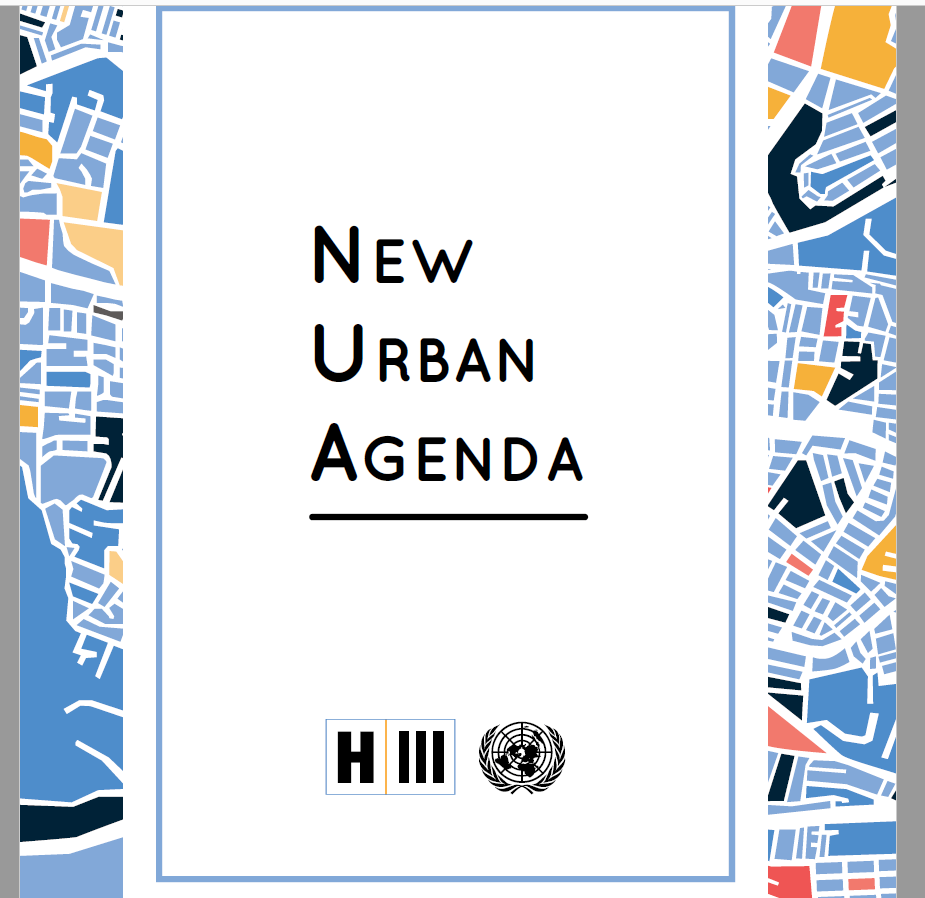
The New Urban Agenda (NUA) is meant to guide UN-Habitat’s efforts for the next 20 years, implying it will end its mandate around 2036. The focus of the agenda is basically to think of cities and human settlement in a sustainable way!
UN-Habitat, The New Urban Agenda, and UN-Habitat Assembly!
Following the adoption of NUA, many things followed, for example, high level meetings on its implementation. And many more things are still happening, all in the name of revising the agenda, and figuring out better ways to move forward.
RECAP: We have explored the beginnings of everything, of the need for global approach to sound and affordable housing and human settlement, the evolution of UN-policies and agenda on management of cities and human settlement, and the current New Urban Agenda. However, there is something missing; What is UN-Habitat assembly? How did it come about? Why are we having the second one as I write this? Let’s explore this!
The UN-Habitat Assembly
To strengthen the governance of UN-Habitat, improve accountability to the International community, and gain stronger voice on policies passed, the United Nations General Assembly decided to ‘Dissolve the Governing Council of the United Nations Human Settlements Programme and to replace it with a United Nations Habitat Assembly of the United Nations Human Settlements Programme (UN-Habitat Assembly)’

Well, we already hinted on the Governing Council, didn’t we? It was first called the United Nations Commission on Human Settlements (after Habitat I), then it became The Governing Council (after Habitat II) and, later after Habitat III, it became the UN-Habitat Assembly. Clear?
Why the changes?
Usually, UN processes are started on a small scale, and then they keep enlarging and getting complex as more stakeholders join them or activists demand for inclusion of those who weren’t part of the original plans!
Wait! Did you know that the inclusion of, say for example, youth and children, women, people with disabilities, and the like are actually new things to UN? That is why, even up today, it is very hard to find youth and children, people with disabilities, or other special groups fully represented in UN processes! However, as you must have noted, things are changing! This trajectory is almost the same across all UN agencies and departments!
In the same way, as UN-Habitat’s mandate enlarged, there was a need to have a more comprehensive way of designing its policies or making decisions. At first, the Council comprised few member states, about 58 Member States. However, there was the instant need to include all the UN Member States,
In other words, in simple terms, the UN-Habitat Assembly or the council is the highest decision-making body of the UN-Habitat. Just like COP is the highest decision making body for UNFCCC, the assembly brings together all UN Member States for evaluation of their various commitments and establishment of new strategies to move forward. We have explored COP and COY or even LCOY conferences in our COP27 & COY17 series.
UN-Habitat Assembly 1 & UN-Habitat Assembly 2
We are now together, aren’t we? Cities and urbanization happened so fast in 1800s following industrialization and other inventions, which sparked the hot conversation around International Approach to management of cities and human settlement, right? Well, some kept ignoring the call.
However, by 1970s, UN couldn’t ignore it any further, leading to the first UN Conference on Human Cities and Settlement in 1976 (Habitat I), then a second conference in 1996 (Habitat II), then UN-Habital and, lastly, the third conference (Habitat III). Alongside these changes, there were corresponding changes in the High-Decision making body (or council) for the Habitat, which is the UN-Habitat Assembly. Wow! If you can trace that, then you now know UN-Habitat history. Cheers!
UN-Habitat Assembly 1: The first ‘COP’ or UN-Habitat Assembly 1 of UN-Habitat happened in Nairobi, UNEP Head Qaurters, between 27th and 31st May 2019. The Assembly did a lot of things, including revision of the progress made on NUA, adoption of a plan to accelerate progress (also known as the UN Human Settlements Programme (UN-Habitat) Plan for the period 2020-2025), election of the first President of the Assembly, and a lot more.
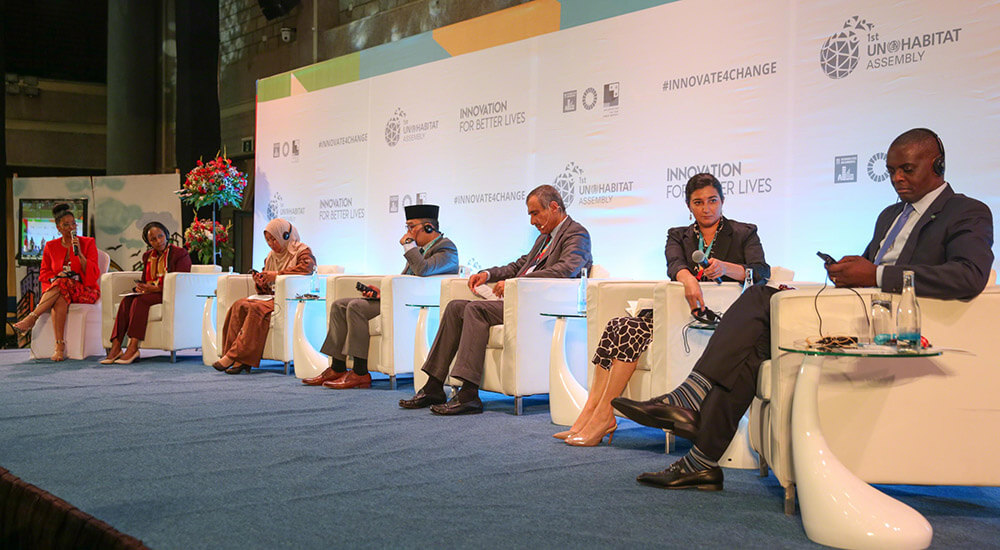
By the end of the Assembly 1, delegates had adopted many things in their resolution, also called Inter Alia, whatever that means! Oh wait! Cambridge Dictionary says it means ‘Among Other Things’, lol!
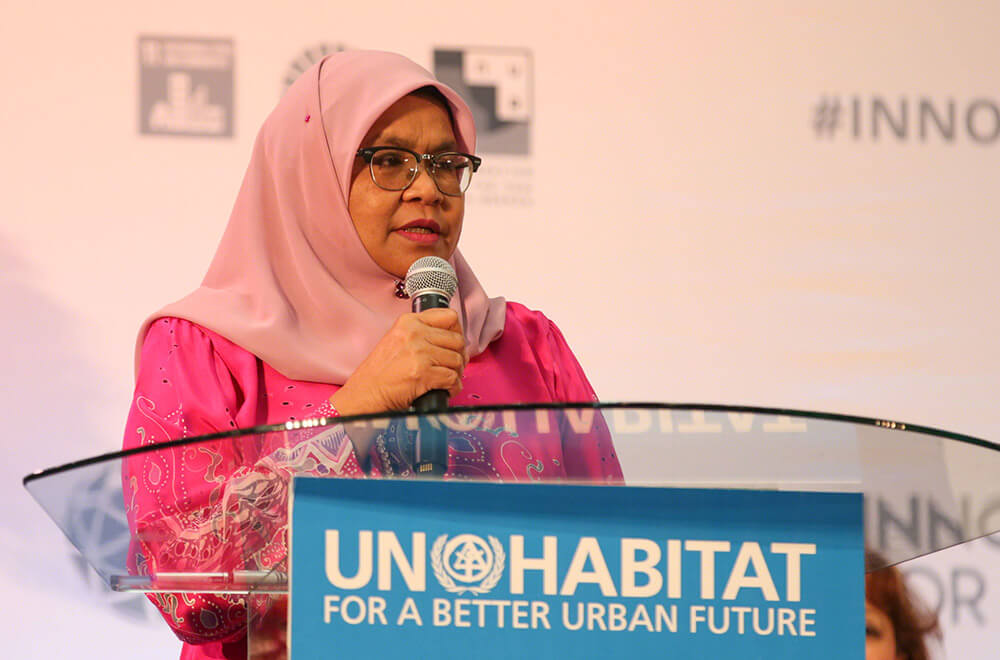
Some of the things this assembly adopted were, the UN-Habitat Plan 2020/2025, Guidelines on safer cities and Human Settlement, enhancing capacity building for NUA and AGENDA 2030 implementation, and applying some sort of performance-based management to various activities of UN-Habitat. Earth Negotiation Bulletin covered everything, I mean everything here.
NB: All photos used in this article are by Earth Negotiation Bulletin. The credit goes to them, not me!
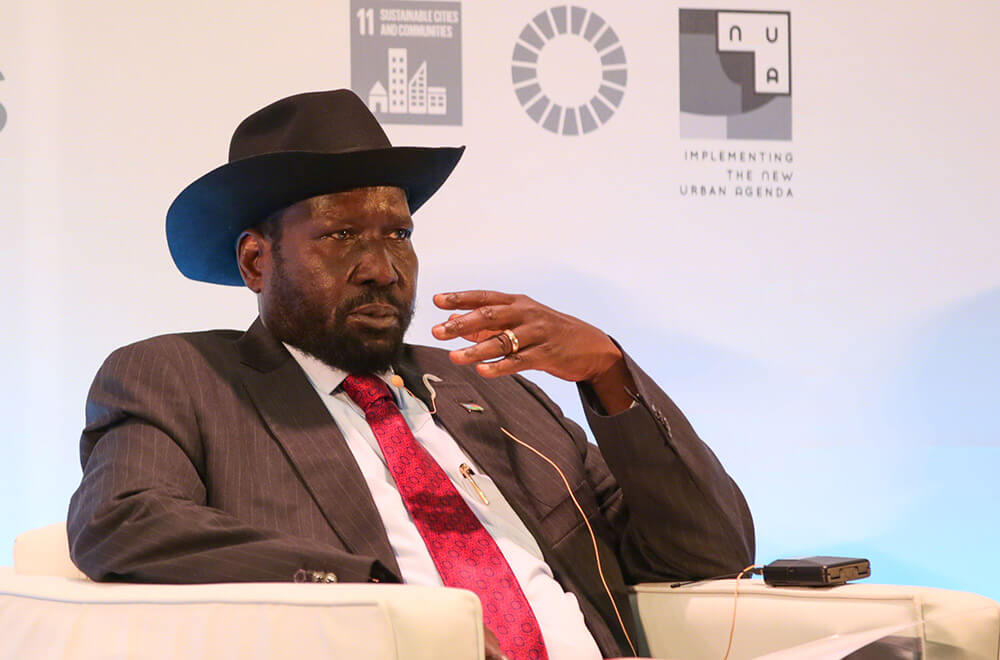
UN-Habitat Assembly 2: If you have already noted, the assembly happens once in 4 years, had I said that already? If not, now you know!
As such, the 2nd UN-Habitat Assembly took place (or is taking place) on 5th to 9th June 2023 in Nairobi, Kenya. By God’s grace, I am part of it, representing my organization, Miklah Life, and of course all youth and children. Well, I briefly hinted on this assembly yesterday in the article below:
According to the official website of UN-Habitat Assembly 2, the theme is: “A sustainable urban future through inclusive and effective multilateralism: achieving the Sustainable Development Goals in times of global crises.”
The discussions centered around five themes: 1. Universal access to affordable housing (read my article to understand the state of housing in the world, Kenya, and Uganda); 2. Urban Climate Action; 3. Urban Crises Recovery; 4. Localization of the SDGs (I think we do better on this than anybody else; join us); 5. Prosperity and local finance (we have our own weird way of looking for funding; see here).
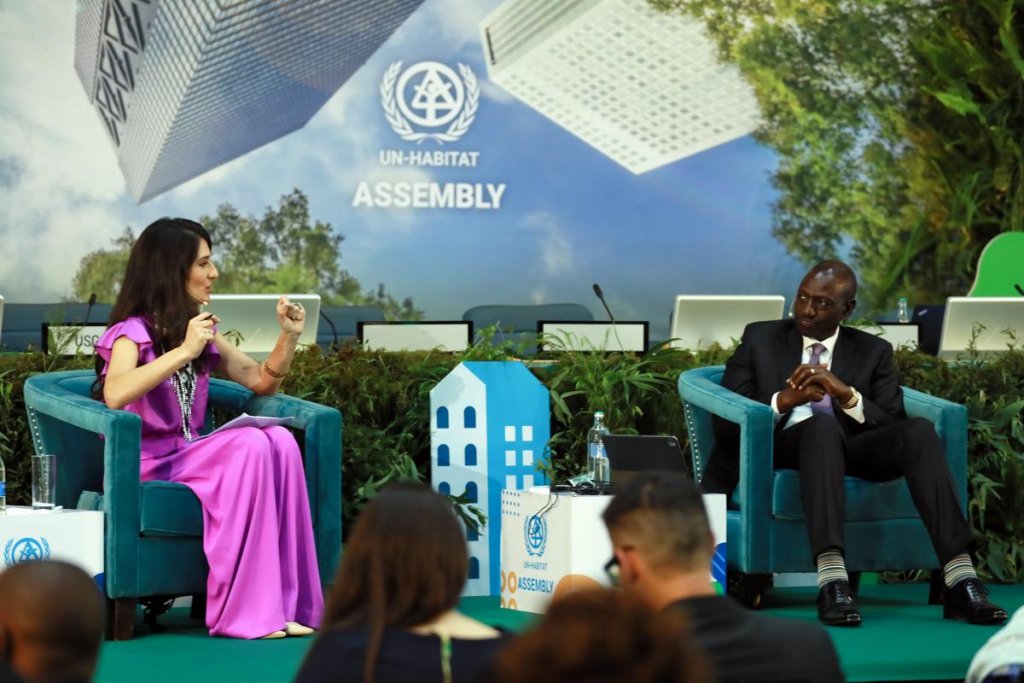
For resolutions and whatever new commitments made, check the official website here. However, there is an even better way to catch up with everything, including all the photos and everyday highlights; explore Earth Negotiation Bulletin coverage of UN-Habitat Assemby 2 here. That is all.
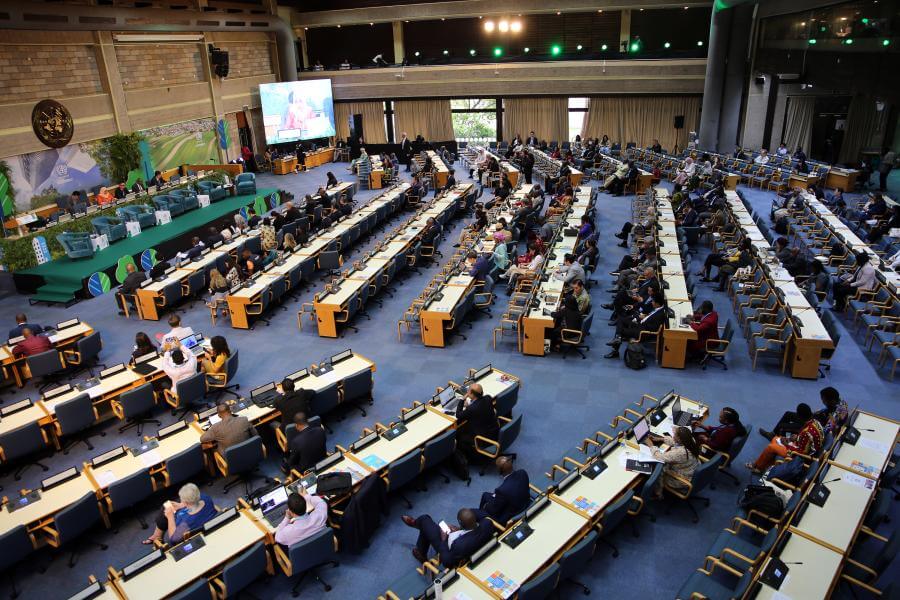
Is there something else you still can’t get? Email us at miklahlife@gmail. You can as well join our Miklah WhatsApp Group and or Subscribe to Miklah Email List. Or join our Sustainable Entrepreneurship Program. Thank you.



